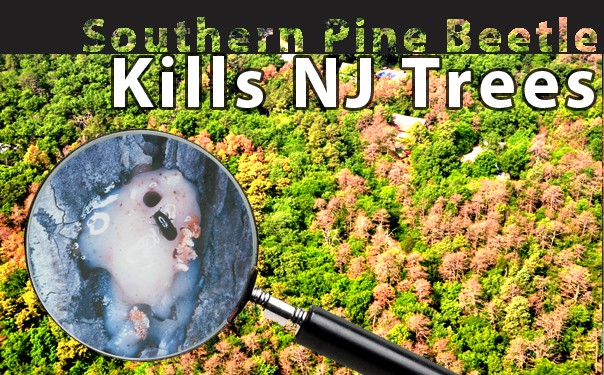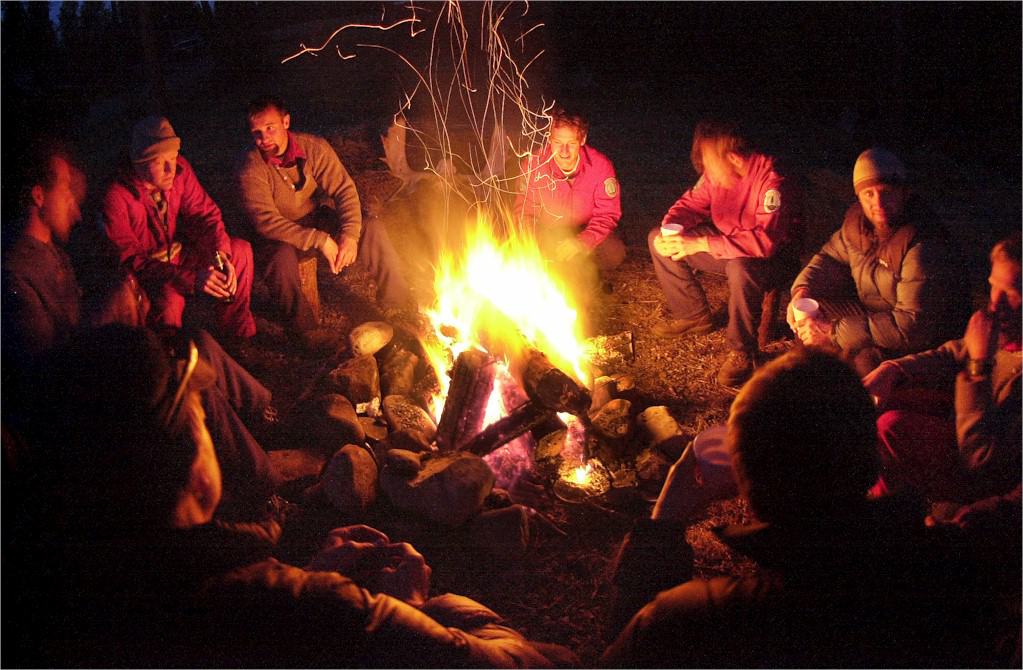In Book Club we have been talking about whether scientists still refer to the balance of nature, and equilibrium kinds of conditions. So for the purposes of NCFP, I think it’s interesting to pursue this mystery with stories in real time. Thanks to Dan Botkin for sending this NY Times article:
Notice that “scientists say it is a striking example of how.. are disturbing the balance of nature”. But no actual scientist is mentioned saying this.
In an infestation that scientists say is almost certainly a consequence of global warming, the southern pine beetle is spreading through New Jersey’s famous Pinelands.
It tried to do so many times in the past, but bitterly cold winters would always kill it off. Now, scientists say, the winters are no longer cold enough. The tiny insect, firmly entrenched, has already killed tens of thousands of acres of pines, and it is marching northward.
Scientists say it is a striking example of the way seemingly small climatic changes are disturbing the balance of nature. They see these changes as a warning of the costly impact that is likely to come with continued high emissions of greenhouse gases.
The disturbances are also raising profound questions about how to respond. Old battles about whether to leave nature alone or to manage it are being rejoined as landscapes come under stress.
The New Jersey situation resembles, on a smaller scale, the outbreak of mountain pine beetles that has ravaged tens of millions of acres of forest across the Western United States and Canada. That devastation, too, has been attributed to global warming — specifically, the disappearance of the bitterly cold winter nights that once kept the beetles in check.
But the same bark beetle outbreaks have been seen in the past and we have been told in Colorado (by scientists) that bark beetles and fires are “natural disturbances.” Also, fire suppression must have a role or there wouldn’t be so much prime old lodgepole habitat. Perhaps it’s the location and magnitude that are different, but that’s a bit of a finer point.
Now there is an identified scientist, who says…
Dr. Ayres, one of the nation’s top beetle experts, has studied New Jersey closely for several years and has published research saying the rising temperatures have made the invasion possible. “I think the scientific inference is about as good as it gets,” Dr. Ayres said. “This is a big deal, and it’s going to forever change the way forests have to be managed in New Jersey.”
Ah.. here is the overstocked argument; my italics on “unnatural.”
Long ago, fires would have helped keep the forest more open, but they have been suppressed across much of the country for a century to protect life and property. That has left many forests in an overgrown, unnatural condition.
Experience in the South has shown that such “overstocked stands,” as foresters call them, are especially vulnerable to beetle attack because the trees are too stressed fighting one another for light, water and nutrients. Control of the pine beetle has been achieved there by thinning the woods, leaving the remaining trees stronger.
Mr. Williams, who is critical of New Jersey’s government, advocates a similar approach, involving controlled burns and selective tree-cutting. Mr. Smith, whose college degrees include one in environmental science, pushed through a bill that would have encouraged the state to manage its forests more aggressively. But several environmental groups were suspicious that large-scale logging would ensue.
“We saw this legislation as an excuse to come in under the guise of ‘stewardship’ to open up our forests for commercial operations,” said Jeff Tittel, the director of the state’s Sierra Club chapter.
I like the Guv’s attitude:
To allay such fears, the senator included a requirement that any state forest plan receive certification from an outside body, the Forest Stewardship Council, which is trusted by many environmental groups.
That approach has been followed successfully in other states, including Maryland. But Gov. Chris Christie vetoed the bill, saying he could not allow the state to “abdicate its responsibility to serve as the state’s environmental steward to a named third party.”
Below is my bolding:
Dr. Ayres said that if climatic warming continues, nothing would stop them from eventually heading up the coast. That means forest management is likely to become critical in many places where it has been neglected for decades.
“It’s hard for some people to accept — ‘What, you have to cut down trees to save the forest?’ ” Dr. Ayres said. “Yes, that’s exactly right. The alternative is losing the forest for saving the trees.”
Well, I would only argue that the only thing stopping them would be hosts.. which are relatively fewer to the north.
So we have an article in which the quoted scientist is pragmatic about “things used to be different, now they have changed and we have to deal with it.” But we have only the writer’s claim that
“scientists say it is a striking example of the way seemingly small climatic changes are disturbing the balance of nature. They see these changes as a warning of the costly impact that is likely to come with continued high emissions of greenhouse gases.
Still, old pine trees will still die, with or without the pine beetle. And if we can’t burn them to get rid of the tree corpses, they will hang around and ultimately fall over and decay, quicker in hot climates than in the Rockies. Is that what the people of New Jersey want from their forests?
And the Sierra Club guy seems a bit ideological. Local sourcing of things is good but making money from dead trees is bad, because it’s “commercial.” I thought the Sierra Club’s antipathy for selling dead trees was just for federal lands, but maybe not?



